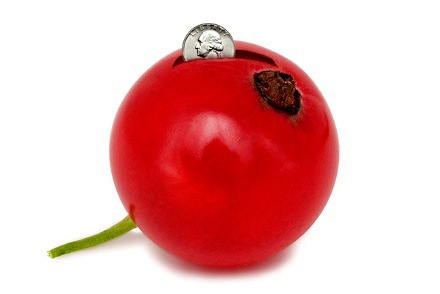The Marshmallow Test — giving a young child a choice between eating one marshmallow now or getting two marshmallows if she waits 15 minutes — yields useful insights into whether or not a payer buys into a manufacturer’s cost-savings claims. These claims may include cost offsets, value-based contract rebates, or volume-based rebates. As manufacturers increasingly rely on savings benefits when promoting their product, let’s review the lessons the Marshmallow Test teaches us about payer responses.
1. How sweet it is
Marshmallows are sweet — sugar is typically the first ingredient — and for nearly all kids, a real treat. And two marshmallows are double the fun. Are the savings offered by manufacturers perceived by payers to be significant? If the payoff or reward is viewed as being nominal, then the offer won’t resonate. Or, if a payer has to share the reward with other payers — as may be the case with improvements in population health or long-term outcomes, when the patient may no longer be an enrollee — then the value of the savings is reduced. Benefit matters.
2. How long it takes
To a four-year-old, a 15-minute wait is a very long time to delay gratification. Are savings shared in the form of rebates that take months to process? Beyond delayed gratification, that could result in accounting challenges and complexities when reporting costs to government programs. Does the return on investment take years to realize? The longer the wait, the greater the likelihood that payers will discount the value of future rewards and consider the net present value. Time matters.
3. How real it is
A marshmallow is real and can be seen, touched, smelled and tasted with a little lick when no one but a hidden camera is watching. What evidence of potential savings do manufacturers provide payers? Understandably, payers will question the veracity of potential savings based on a soft and squishy budget impact analysis fraught with assumptions and built on the experience of a population that might not be comparable. Believability matters.
4. How certain it is
Children who experienced a broken promise (e.g., failure of the researcher to deliver promised art supplies prior to the experiment) waited only a fraction of the time to eat their marshmallow compared with those to whom promises were fulfilled. Similarly, a payer whose experience, or lack thereof, with a manufacturer has created a perception that the manufacturer is not transparent, trustworthy, honest, reliable, or dependable will likely increase the payer’s perceived risk of not realizing the promised savings. Savings based on volume-based rebates may assume the manufacturer’s marketing efforts will help drive sufficient demand. And the uncertainty of achieving outcomes needed to qualify for rebates may also make savings seem elusive. Predictability matters.
5. What it takes
Other than time, the four-year-olds gave up little to receive a smaller or larger reward. In contrast, payers will consider the size of the investment — not just any upfront costs, but transaction and opportunity costs as well. If the road to savings is paved with complicated contracts requiring intense legal and financial review or onerous reporting requirements, then the journey may not be worth the investment. And the time and money spent on the investment may crowd out other opportunities associated with a competing product or manufacturer, an alternative therapeutic area, or other investments all together (e.g., IT, marketing). Cost matters.
Let’s back up
By knowing the many factors that may impact whether a payer will accept or reject a savings offer, manufacturers may be able to find ways to avoid or address payers’ objections. And if enhancing the offer or improving how the message is communicated doesn’t bear fruit, then one more test may yield clues about whether the customer will be receptive at all to promises of savings.
There’s an intriguing positive correlation between a country’s back-in parking rate and its savings rate — China had the highest percentage of back-in parking (88%) and the U.S. had the lowest percentage (5.7%). The author of the study1 notes that China’s culture emphasizes a “long-term orientation.” Most Chinese drivers, like the small subset of four-year-olds who wait 15 minutes for a second marshmallow, are willing to do extra work up front for a future reward. Here’s a stretch: Perhaps manufacturers should watch the parking behavior of pharmacy directors and medical directors to gauge who has a long-term orientation. Those who back in may be more receptive to manufacturers’ savings offers. Yummy food for thought.
1Shout out to the Hidden Brain episode “Parking Behavior May Reflect Economic Drive” (aired on NPR Morning Edition, Aug. 27, 2014) for highlighting this study and linking it to the Marshmallow Test.



No Comments